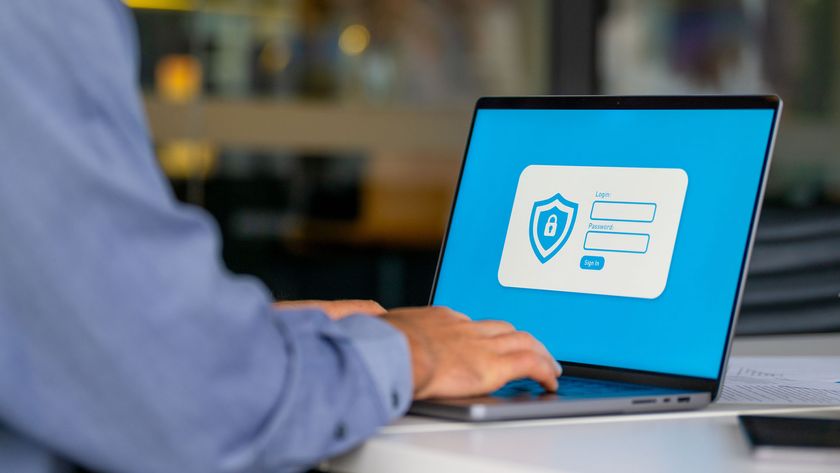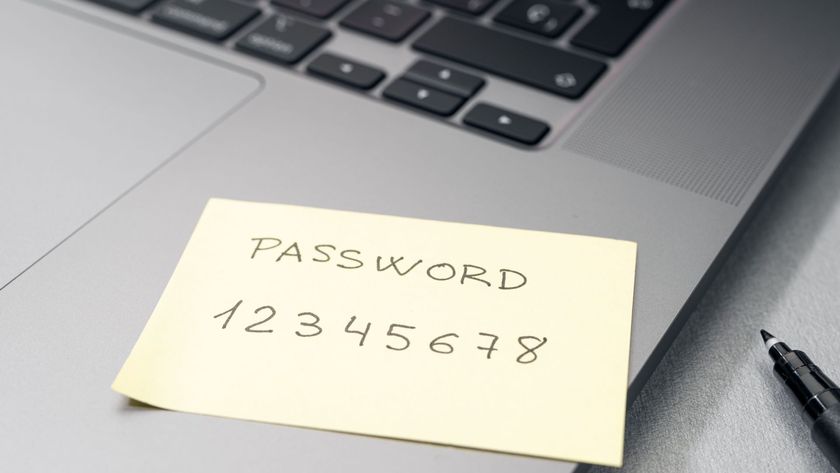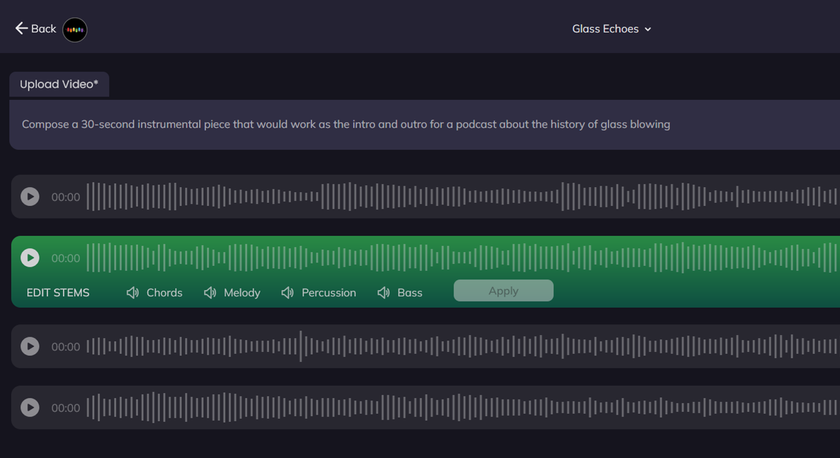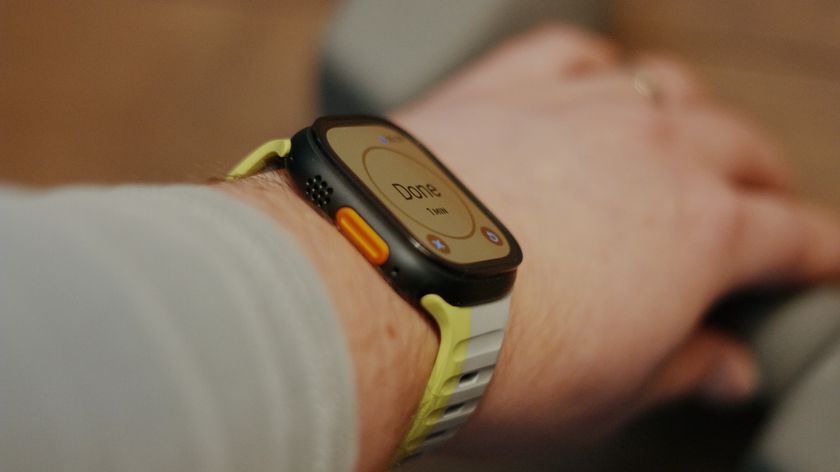
It’s been just over a year since organizations were forced to ‘temporarily’ send their employees home to work, and many had to quickly adopt first aid tools to meet the demand of a fully remote workforce. A year later, many of us are in the same place. Working from the same kitchen tables and at-home offices that were never intended to last a year.
Scarily however, many organizations are still relying on the same tools that were implemented on a provisional basis in order to keep companies afloat. In doing so, they are exposing themselves to all sorts of security risks. Now is the time to consolidate remote work tools to ensure safety and security so employees and businesses can continue working successfully in a post-pandemic world.
The current state of remote security
Why you can trust TechRadar
In order to establish how organizations can better their security practices, it must first be understood where the gaps and risks in remote working tools and attitudes lie. A recent survey conducted by LogMeIn in partnership with IDG found that two in five UK organizations have more than half of their workforce reliant on at-home Wi-Fi networks. This poses serious security risks for organizations and leaves them vulnerable to cyber-attacks.
For most, working remotely has shown its fair share of benefits, including eliminating long commute times for many employees and giving them more time to spend with their immediate family. But it has also meant that 80% of organizations have a portion of their workforce using their own personal computers to work from home. With this in mind, it’s unsurprising that half of organizations fear the increase in remote work and BYOD has already exposed their endpoints to a much greater risk of a security breach. Without suitable planning and resources, remote working can expose organizations and their employees to a whole host of security risks, which can come with costly consequences if these vulnerabilities catch the eye of a cyber-criminal.
Organizations are becoming increasingly aware of these dangers with effective IT/Help desk support, cybersecurity management & providing secure access to data amongst the most pressing challenges in supporting remote work for UK organizations. More than half (56%) of CIOs, CTOs and IT decision makers said that workforce productivity is significantly dependent on remote technology, despite this only two in five UK organizations (41%) expect to increase their investment in remote work tools and solutions this year. Evidently more work still needs to be done to raise awareness of what’s at stake when it comes to insecure data.
Having the right tools in place
Last year, over 70% of IT and security professionals in the UK had to scramble to adjust to the short-term needs of remote work and purchase off the shelf solutions. For the most part, these worked well as temporary measures, however, now that it is becoming a more permanent working arrangement, many are re-evaluating the solutions they need. Today, remote work tools are essential for businesses to meet goals and stay solvent.
The nature of the off-the-shelf solutions that many organizations reverted to at the beginning of the pandemic means that they are rarely equipped to span the network of an entire organization, leaving security gaps that put the business at risk. Addressing these security gaps (33%) are one of the top motives for the CIOs, CTOs and IT decision makers who are looking to consolidate their remote work tools and solutions. Other motives for consolidating remote technology include scalability, costs, and performance issues. As flexible work is becoming a part of long-term business strategy, it is integral that businesses invest in remote work and access solutions that address these issues.
Organizations need to ensure the remote work solutions that are in place help employees and desk staff. IT leaders need to place greater emphasis on tools that will minimize disruptions in employees’ day-to-day work to maintain productivity and ensure that employees feel supported, while still ensuring they don’t fall short in terms of IT infrastructure and data security.
Thinking for the future
In the new work-from-anywhere era, secure and efficient support is more important than ever. IT leaders will continue to be responsible for supporting technology ranging from video conferencing and communications tools to remote access and support solutions and other cloud-based technology. Forward-looking companies are handling this in several ways: working to get ahead of any security issues now by reassessing their remote work tools and processes; consolidating solutions wherever possible; and investing in best-in-class technology. They’re also focused on ease of use, simplifying IT administration, and scaling to fit the business. Companies that take the time to follow this plan will be much better positioned to lead in the future of remote work.
IT buyers must prioritize solutions that are secure, simple, and easy to use as remote working is no longer a futuristic concept for companies, it’s a reality. What’s emerging out of the pandemic is not a remote work experiment, but a dramatic acceleration of a movement that was already well underway – the next big phase of a workplace revolution and companies need to ensure safety and security before it’s too late.
- Ian Pitt, CIO at LogMeIn.
- Connect securely online with the best business VPN.
Are you a pro? Subscribe to our newsletter
Sign up to the TechRadar Pro newsletter to get all the top news, opinion, features and guidance your business needs to succeed!
Ian is the CIO of LogMeIn, is responsible for Cyber Security, Governance, Corporate IT, Business applications and Product Operations. He is passionate about enterprise class business solutions covering the full environment of business applications, operations and security. He conducts global transformational work leading to the adoption of SaaS for both product offerings and organizational consumption. He is a proven merger and acquisition skills on both sell and buy sides in high velocity










